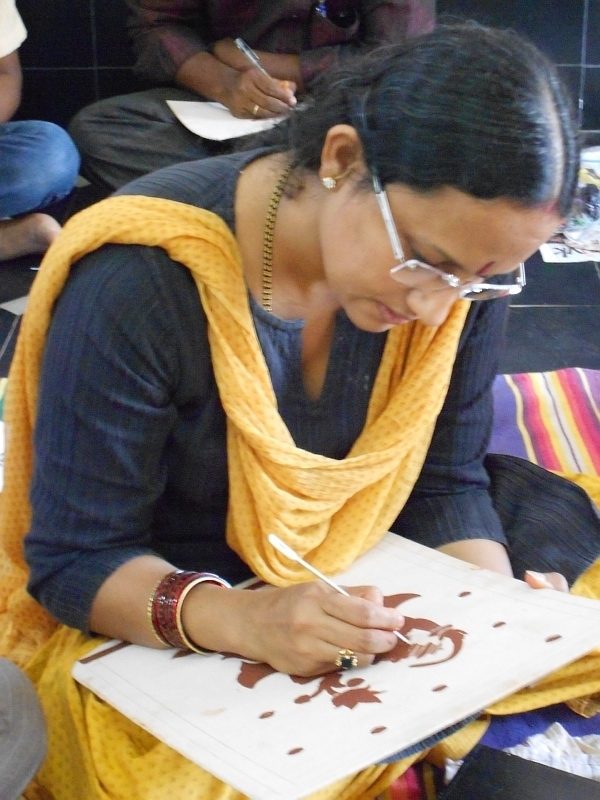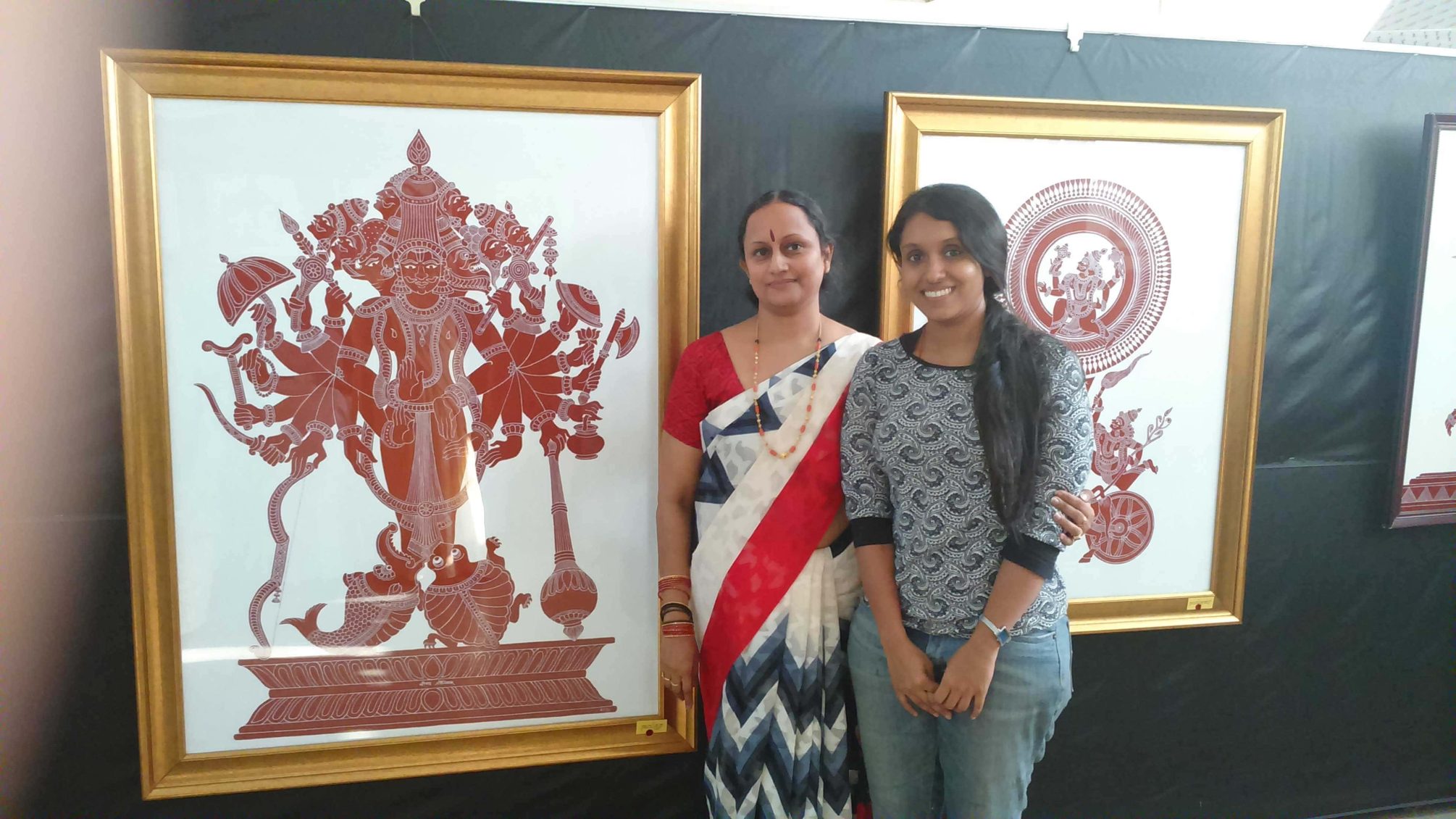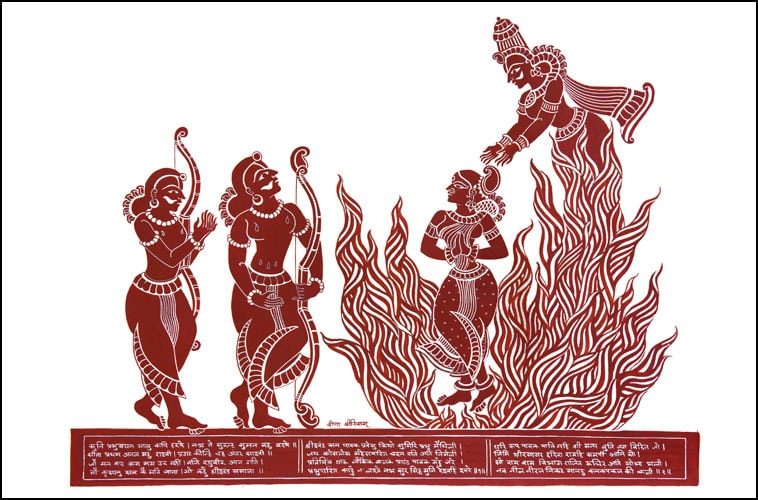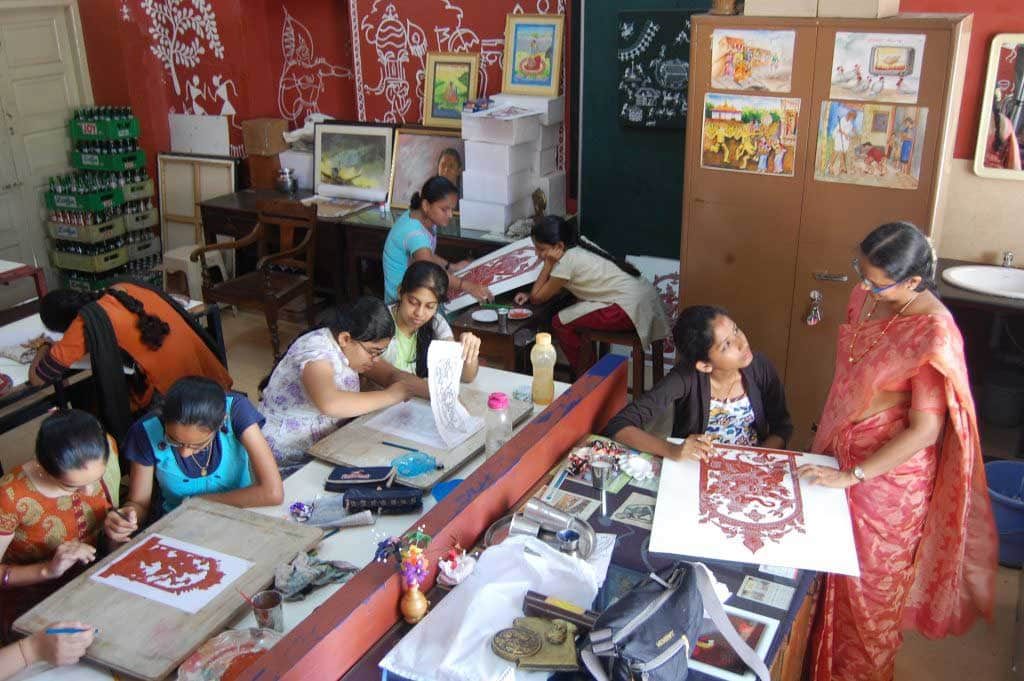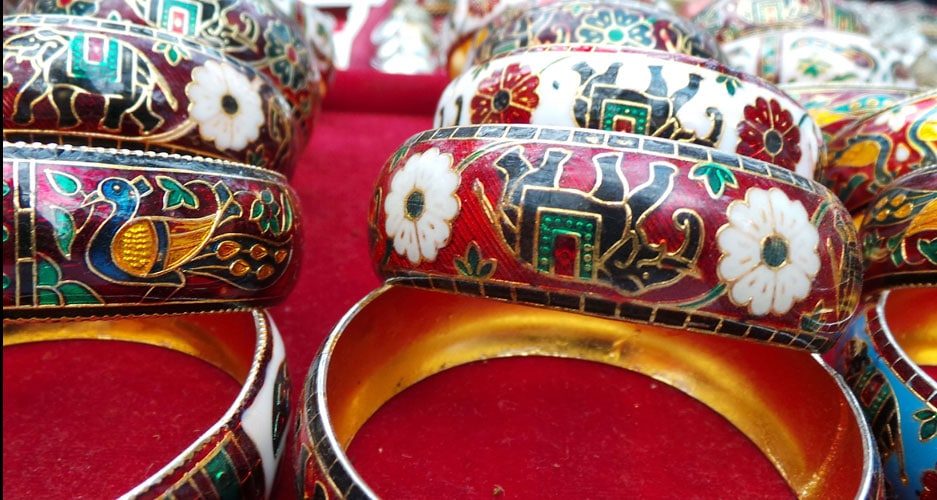
Confessions of a shopaholic and 7 ways to control that compulsive shopping disorder.
“Live with intention and not impulse”
The inspiration for this post is my Amma’s(mom’s) comment. Whenever I do some shopping, her standard dialogue is, “Do you really need this?” If you see your parents, your grandparents or one generation before them, they would have had a disciplined approach to material possessions. But we belong to a generation who can never have enough or so it seems. As the clothes in my wardrobe are falling all over, I decide that I have had enough. As I was browsing through for a solution, I came across this blog www.becomingminimalist.com by Joshua Becker…. The best part is the minimalism suggested here, is not bare walls and no possessions, but your interpretation of minimalism and what works for you. So the good news was that the clutter I already had could be dealt with… but what about the future and my shopping impulses? I had to look for answers. So here I have for you 7 effective ways of helping yourself….
1. Acceptance
You may laugh it off, but it is as simple as that and as necessary to proceed. Until you accept that you have a problem and you acknowledge the urgent need for reform… It’s not going to work. so first step is to accept ” Yes…I am a shopaholic”..
2. Make your Pal a promise
So now you need to look for a friend who can be firm and yet not judgmental (like a pseudo parent maybe)… Promise your friend that you will not spend, unless the need arises and let this be for a trial period of say one month. If you feel like shopping, put it off for a few days, and it will die a natural death. Maintain your integrity and yes keep your promise on not shopping… “Aakhir Izzat ka Sawal hai” (It’s a matter of your self-respect)!!!
3. Shopping is retail therapy, but sweets are also great
And yes, it’s true. Many times we shop to feel better. There’s a misunderstanding at home, stress at office or you are generally feeling in the dumps, shopping has become our answer for all of this. And with online stores you don’t even need to lift a finger (not strictly true..haha). Now since we are onto tackling the shopping virus, for the time being, just switch over to sweets…believe me they are very effective. And the best way to do this is to take the person who is the cause of your misery for the treat…you can bond over desserts…
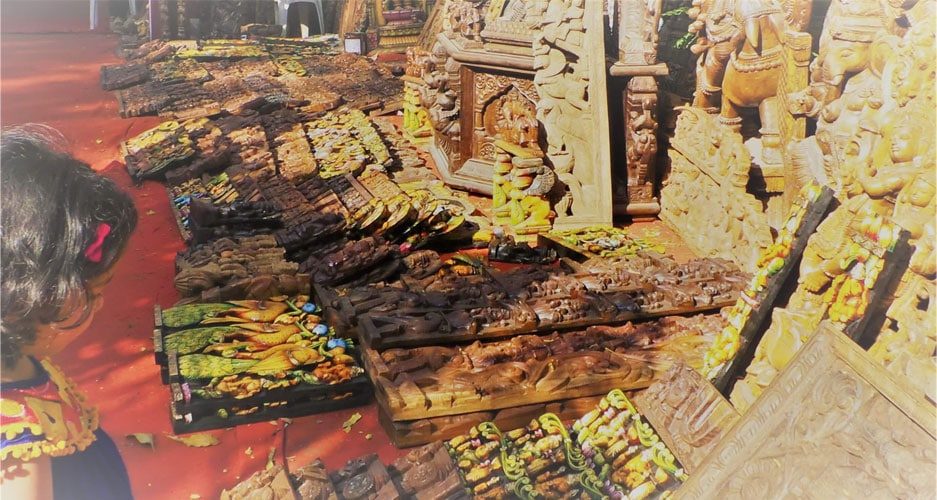
4. Gratitude is also a great replacement
Next time you have that impulse to go on a buying spree, stop for two minutes and take a good look at something beautiful you bought last time. The lovely watch, the elegant dress, or maybe the beautiful handcrafted showpiece? Just experience its beauty and feel grateful. The urge to spend will just melt away. Try it!
5. Vicarious shopping
This is the fun part…. Even though you have decided that you will not shop because you don’t need any of it, there are many who need to shop. So identify a couple of friends and relatives who need to shop and offer them your excellent company. You enjoy the shopping experience without spending!
Ps. Did I mention, “You need to leave your wallet behind!!???”
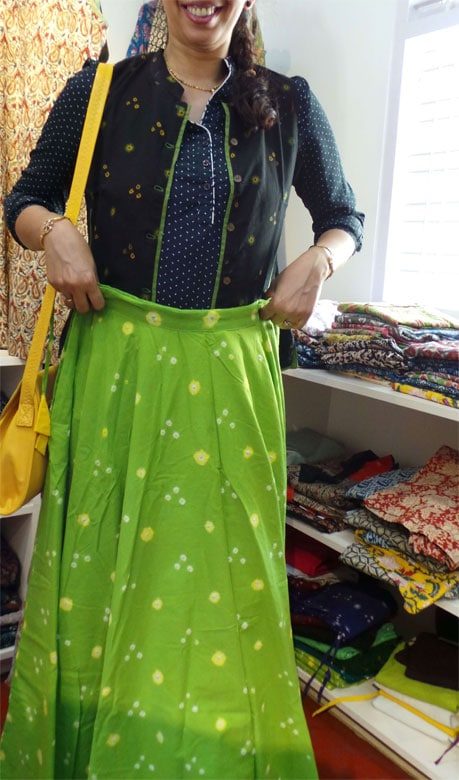
6. You CAN do SOME shopping….There’s a SALE!
Yes when the urge cannot be controlled, I do have a solution. Ear mark some occasion or festival for which you need to buy, for yourself and others and make the best use of the opportunity. Do your shopping in advance…go use that sale. You get to scratch the itch and not feel guilty about it. Before you start from home make a list of items and the number of items you are going to buy and stick to it. And yes, don’t forget to take your friend along.

7. Pass on the love and cheer
According to me this one’s THE most important. And let me tell you I have seen this work wonderfully. Now whenever I visit an exhibition, I always feel like buying. And of course the ‘temptation’ is such that you can’t deny yourself. It’s like being in a chocolate factory and not having any chocolates… In such a case, think of your distant aunt, friend, mum or lovely neighbor who keeps giving you yummy goodies. Think of others and buy them gifts for their special occasions. This is a win- win-win situation (and yes, I made up the last one)
win – you get to shop(yippee!!!!)
win – someone dear to you lights up with pleasure because you thought of them.
win – you also encourage the artisan who is super talented and needs your business.
I tried this one and gifted my cousin a beautiful dual coloured kantha saree and she loved it. So you are passing on the love for the beauty of the handcrafted to another. Pat your back…
So yes… These are my 7 simple yet effective ways to go about your reformation. And did I mention online shopping websites are not to be opened at all? If I could do it…. Then anyone can do it. So all the best….let’s go back in time to the way our ancestors lived.
I would love it, if you could share some innovative way you have devised, to overcome compulsive shopping syndrome. Share your ideas and let me know how it goes…
Twinkles to you…have a happy day.
Anupama



